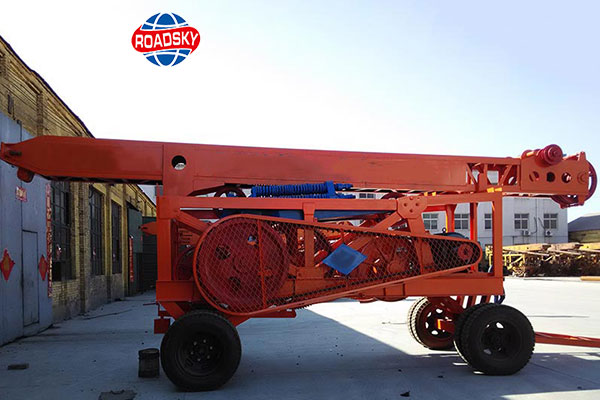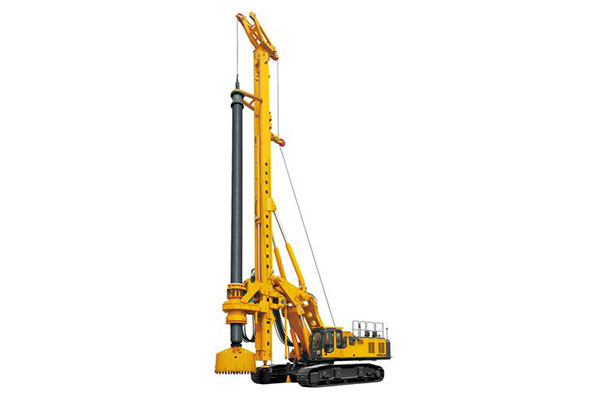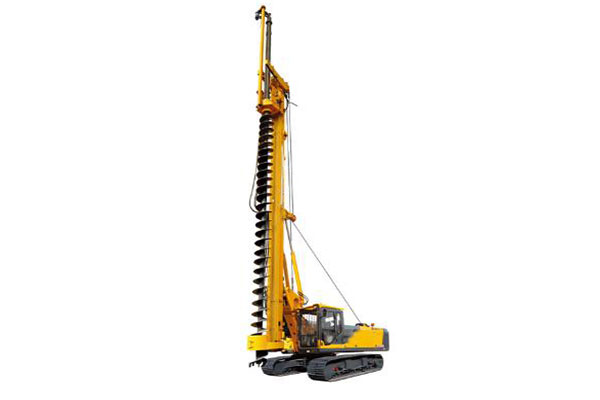Water Well Drilling Rig: Everything You Need to Know
Water is a fundamental resource that sustains life, and accessing it efficiently is crucial for communities and industries alike. One key player in this process is the water well drilling rig. In this article, we’ll delve into the depths of what a water well drilling rig is, its components, and the vital role it plays in securing our water supply.

What is a Water Well Drilling Rig?
A water well drilling rig is a powerful and specialized machine designed to penetrate the Earth’s surface and create boreholes to access underground water sources. These rigs are instrumental in the extraction of groundwater, providing a sustainable and often cost-effective solution for communities, agriculture, and industries.
Components of a Water Well Drilling Rig
- Drill Bit: The drill bit is the cutting tool attached to the drill string, responsible for breaking through rock and soil.
- Drill Pipe: This hollow tube connects the drill bit to the drilling rig, allowing for the transport of drilling fluids and cuttings.
- Mast: The mast is the vertical tower that supports the drilling equipment and provides the necessary height for drilling deep into the ground.
- Rotary System: Water well drilling rigs employ various rotary systems, such as direct rotary and reverse circulation, to facilitate the drilling process.
- Power Source: Rigs are powered by engines, often hydraulic or diesel, to drive the drilling mechanism and support ancillary functions.
Types of Water Well Drilling Rigs
Rotary Drilling Rigs
These rigs use rotation to advance the drill bit and are suitable for a wide range of geological conditions.
Auger Drilling Rigs
Ideal for softer soils, auger rigs use a helical screw blade to remove material from the borehole.


The Drilling Process:
- Site Assessment: Before drilling begins, a thorough geological assessment is conducted to determine the best location and depth for the well.
- Drilling Operation: The drill bit is lowered into the ground, and the drilling process commences. Drilling fluid is often used to cool the bit, remove cuttings, and stabilize the borehole.
- Well Completion: Once the desired depth is reached, the well is cased to prevent collapse and contamination. Pumps may be installed to bring water to the surface.
The Importance of Water Well Drilling Rigs
- Access to Clean Water: Water well drilling rigs play a pivotal role in providing access to clean and safe drinking water, particularly in regions where surface water may be scarce or contaminated.
- Agricultural Irrigation: Farmers rely on water well drilling rigs to access groundwater for irrigation, ensuring the productivity and sustainability of agricultural practices.
- Industrial Applications: Industries, ranging from mining to construction, utilize water well drilling rigs to access water for their operations, cooling systems, and other essential processes.
Conclusion:
Water well drilling rigs are indispensable tools in the quest for a sustainable and reliable water supply. As we face growing water challenges globally, the importance of these drilling rigs in securing access to clean water for communities, agriculture, and industries cannot be overstated.

